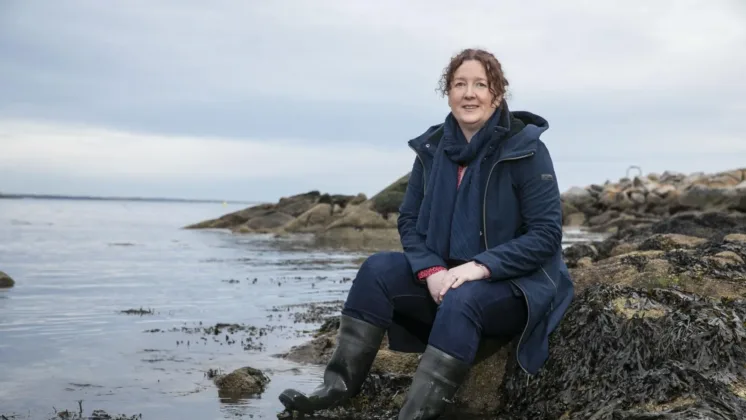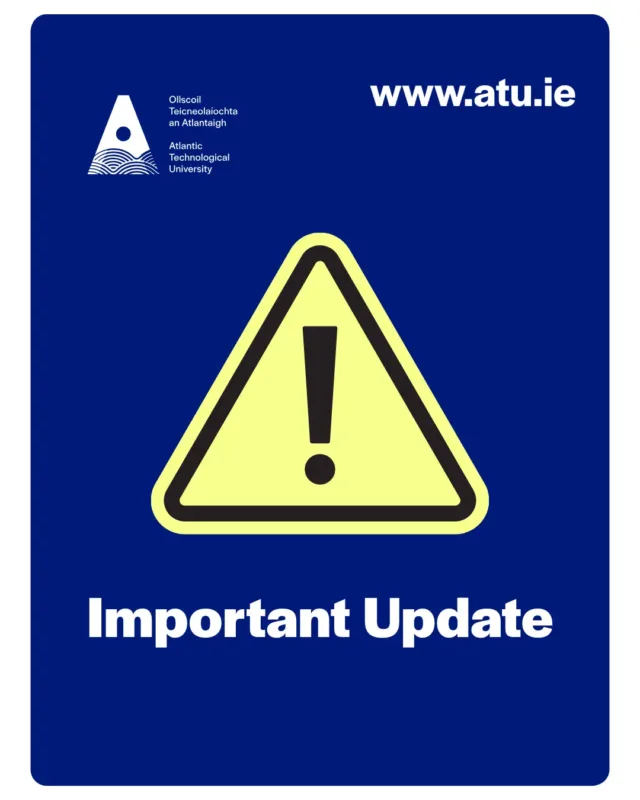Courses
Artificial Pitches Impacting on Freshwater Environment – Report Finds
The Environmental Protection Agency (EPA) has today published a report undertaken by Atlantic Technological University and University College Dublin highlighting how artificial grass, such as those used on football pitches, are contaminating the environment.

The Environmental Protection Agency (EPA) has today published a report undertaken by Atlantic Technological University and University College Dublin highlighting how artificial grass, such as those used on football pitches, are contaminating the environment.
The EPA report titled “Sources, Pathways and Environmental Fate of Microplastics” aims to develop a better understanding of the sources of environmental microplastics, the export pathways of microplastics from agri- to freshwater systems and the risk of transfer of these microplastics through the aquatic food web. Approximately 80% of marine litter derives from land-based sources, with rivers identified as one of the most important pathways of micro-plastics.
Part of the study looked at the impact of plastic used in artificial pitches on our marine environment.
As the popularity of artificial grass continues to rise, so does the concern surrounding the potential dangers of microplastics being released into the surrounding environment, where they are likely to pose a threat to both public health and the environment. Microplastics, are tiny pieces of plastic less than 5 millimetres in size, or smaller than the rubber on a pencil, can be broken down from larger plastic items. Artificial grass in pitches is essentially a plastic woven carpet, which is filled in with rubber granules, often made from low-cost recycled car tyres known as Styrene Butadiene Rubber (SBR).
The installation of artificial grass pitches has been replacing natural green pitches due to their higher capacity for play, resistance to climatic conditions. Ireland has up to 2,500 pitches at present, with many more planned in sports clubs and schools around the country.
Guidelines for the construction of the pitches, are designed with performance and longevity of the pitch in mind and therefore include surface regularity, gradient of the pitch itself and water infiltration rate.
The study has identified several pathways, including on the boots and clothes of players, where microplastics once they escape the pitches can end up in our local water ways either directly or via waste water. Microplastics have been identified in this study from small freshwater insects, fish such as trout, and otters. Further recent studies abroad have found that microplastics can be harmful to aquatic life and can enter the food chain when ingested, and in some case ultimately ending up on our plates. This could have devastating consequences for both people and wildlife, as microplastics can persist in the environment for hundreds of years.
Dr Róisín Nash, Senior Lecturer & Researcher at ATU said:
“While international treaties and action plans on plastic pollution are working hard to find solutions and transition towards a more sustainable future, once in the freshwater environment plastics, in particular microplastics, are near impossible to remove and therefore will continue to threaten aquatic life.”
ATU Senior Lecturer & Researcher, Dr Heather T. Lally added the plastics from such sources as astroturf can seep into our freshwater environments:
“This new research provides critical field data from an Irish river catchment demonstrating the range and high abundance of microplastic in our freshwater environments, but most importantly highlights the presence of MPs across all trophic levels including macroinvertebrates, trout and otters and furthermore no evidence of trophic food web transfer was recorded. These are important findings and help us inform management and environmental policy targeting microplastic pollution in freshwater environments.”
Design features on pitches can mitigate microplastic contamination to the environment. Research suggests that the inclusion of a boundary wall of a height greater than 100mm is effective in retaining the rubber crumbs within the boundary of the pitch. Where a pitch had no integrated or external drainage the abundance of microplastics was higher. Full report can be found here: Environment & Health | Environmental Protection Agency.
Watch the Sources, Pathways and Environmental Fate of Microplastics video.
For further information please contact:
Aidan Haughey, ATU Communications Manager, 086 086 6913 or email aidan.haughey@atu.ie.





